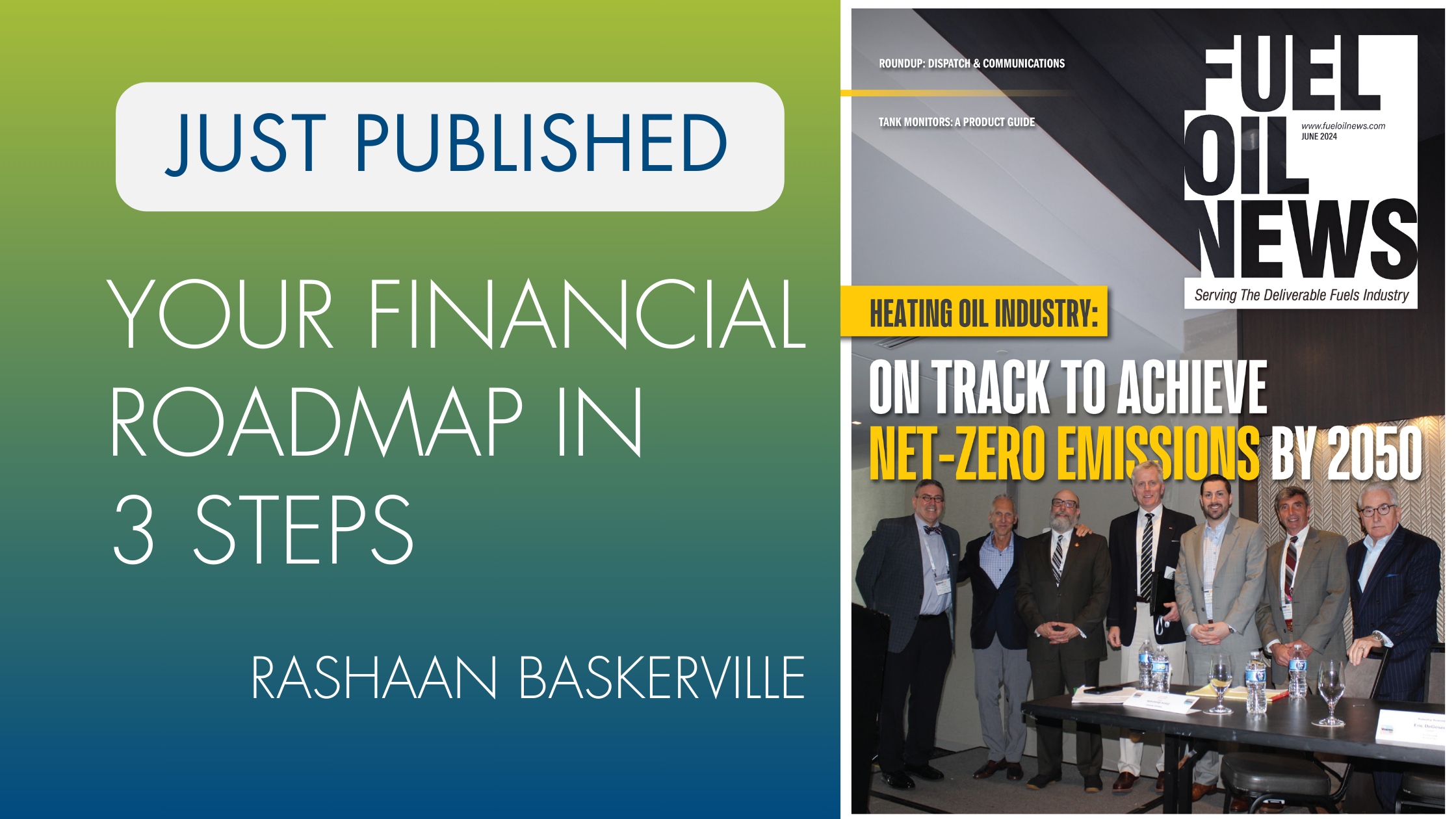Have you been disappointed in recent years with your cash flow or profitability as you have been forced to deal with warm winters, greater regulation, stubborn inflation, and high interest rates? Or maybe you really want more stability with year-over year results, regardless of the weather or economy. If you’ve been wracking your brain trying to find ways to turn things around, a great exercise to start with would be a comprehensive assessment of your business. This assessment will enable you to highlight the financial best practices that can take your fuel business to the next level.
Step 1: Create Your Assessment
When considering how to determine any potential gaps in your overall financial management practices, there are three primary areas: processes, personnel, and performance. We recommend developing a list of 5 to 10 questions in each area to start narrowing in on the potential areas for improvement. The questions should be structured as simple yes/no responses. Be consistent with the wording, i.e., yes is always positive and no is always negative.
Where are your biggest problem areas? What do you have in place (or not) to address these problems in terms of processes and personnel? What do you have in place to determine the size of each problem and to measure how far your goal is from your current performance? Thinking in these terms will help you generate the right questions to evaluate your business.
Step 2: Score Your Business and Identify Actions
Once you have your list of yes/no questions, you will complete the assessment. Even though the questions only require a simple yes or no, take the time to really think about your responses and be brutally honest. Next, score your results based upon the percentage of the total questions you answered as a yes. If you happen to get a low score, at first glance, it may seem disappointing, however it indicates that there may be significant potential for improvement with your business.
To determine how to begin closing the gaps, you will use the yes responses to determine the extent to which there is room for further improvement and the no responses to determine how best to convert them to yes responses. For each question, create one or more concrete actions to address the gap.
Step 3: Prioritize Actions and Begin Implementing
With the resulting list of action items, you can begin to prioritize the implementation of financial best practices over time. The priority should be based upon the items that would provide the greatest impact for the least amount of time and effort required to fully implement and realize the benefits. The amount of benefit and cost related to each practice will vary from company to company, just as the action list itself will.
Therefore, a customized calculation of benefits should be completed for each relevant best practice. Next, based upon the level of gap present, your company’s internal resources, access to external resources, and competing operational priorities, you can estimate the time (calendar days) and effort (manhours) required to implement each best practice. The associated cost can be compared to the estimated annual benefits of each best practice to develop a ranked list of financial management best practices to begin implementing.
The final step is to determine how to begin implementing them. There are three options available to you: do-it-yourself (DIY), done-with-you (DWY), and done for-you (DFY). Of course, you may decide to mix and match some, or all, of these options, depending upon the action item. Just be sure that the costs of hiring the necessary employees (DIY) or external experts (DWY/DFY) are included in your cost-benefit analysis. The time to find the right resources must also be included in your schedule.
No matter the length of your implementation schedule, do not be discouraged. At some point, every fuel dealer was at day zero. With patience, persistence, and a well thought out game plan, you will reach your goals.
Additional Tips
- Get others in your company to take the assessment and see how your scores compare, discuss the results and collaborate on how to best move forward.
- Use the Eisenhower Matrix (tool to categorize urgent vs. important items) as a quicker but less precise shortcut to determine the priority of actions. Think of urgent when it comes to short-term needs and think of important when it comes to long-term goals.
Article written by Rashaan Baskerville
Original article “Your Financial Roadmap in 3 Steps” published in Fuel Oil News | June 2024


